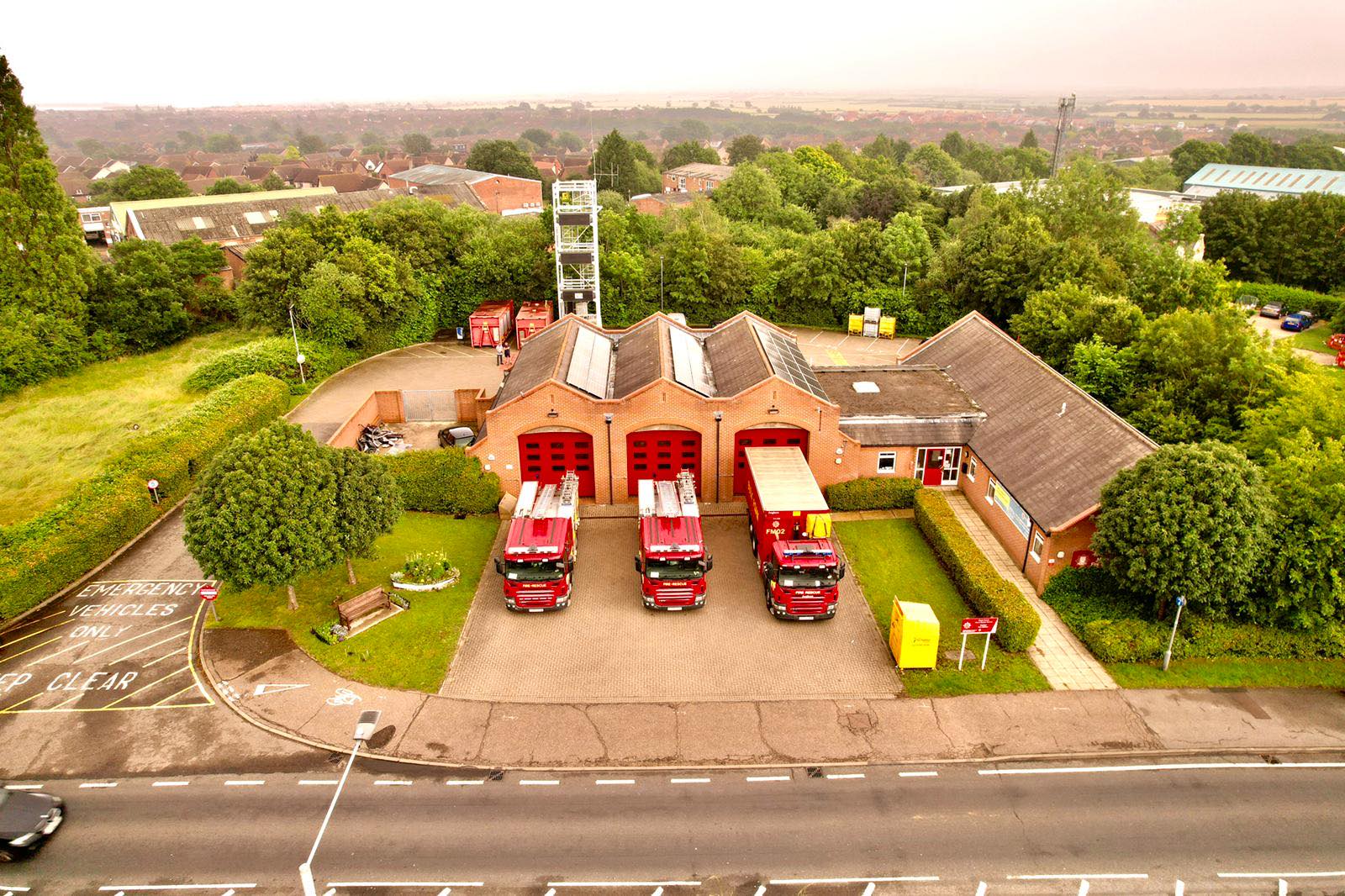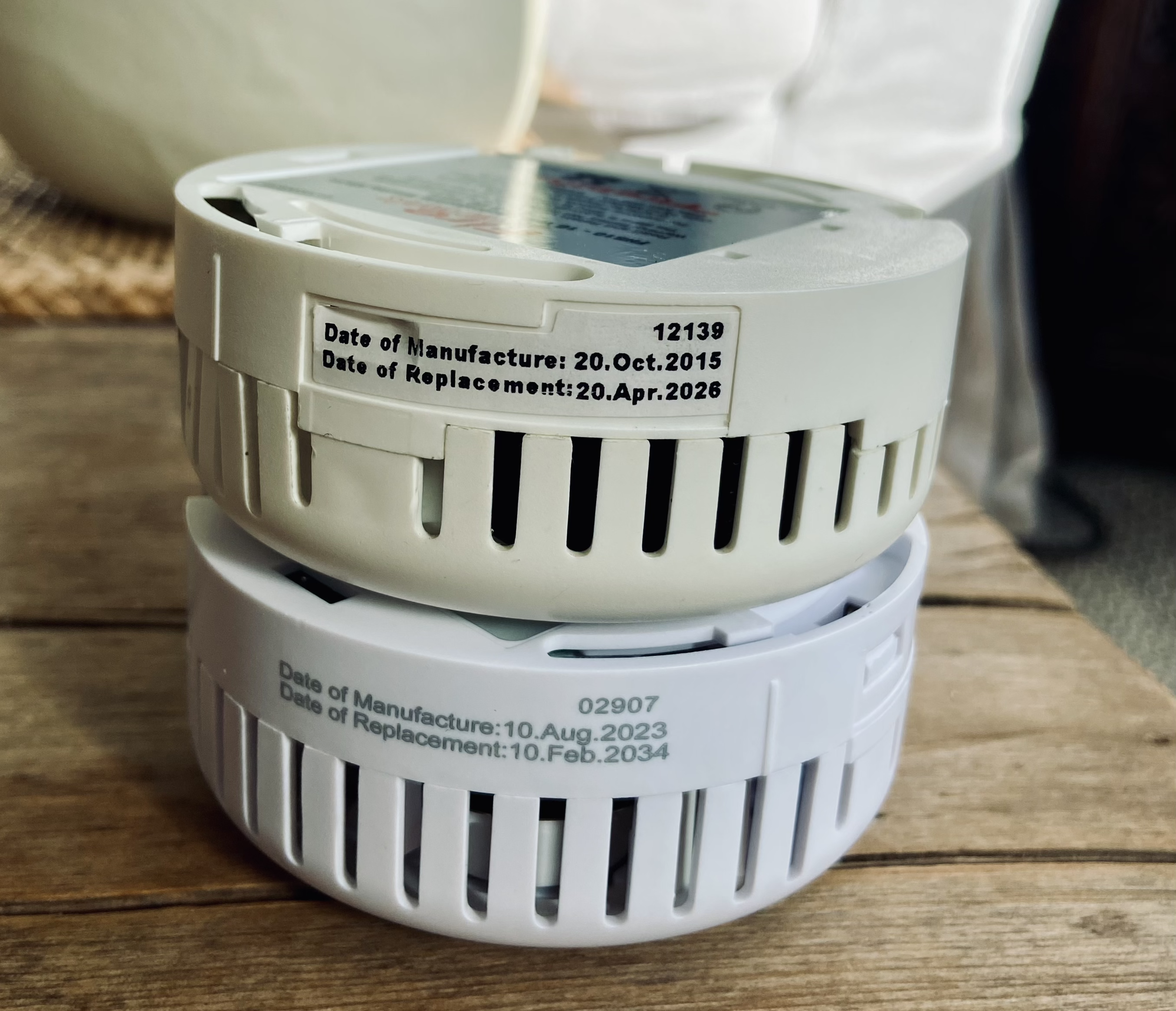Firefighters and Victory!
On the 8th May 1945 Victory in Europe, VE Day, was celebrated by thousands of people who filled the streets. Alas, VE Day celebrations for many firefighters were tempered by their being on duty. Cyril Demarne, a Divisional Officer with No 36 Fire Force, the National Fire Service unit covering east London, recalled how he and other senior officers had an eve of VE Day celebratory lunch on the 7th May at the Crown and Castle pub on the corner of Dalston Lane and Kingsland Road. That evening he took his wife and daughters on a tour of all 18 fire stations in his Division to celebrate with the personnel on duty. From the roof of Cannon Street fire station he described the view over the East End as hundreds of bonfires created a scene reminiscent of the worst nights of the “Blitz”.
The bonfire was the preferred way of celebrating and in the big cities there was no shortage of combustible material on the extensive bomb sites. Inevitably some bonfires got out of hand. One, just off Shaftesbury Avenue in London’s West End, threatened adjacent property and the fire service was called. A fire engine, almost certainly from Soho fire station, which had received a direct hit in the early days of the “Blitz”, dealt with the fire and then returned to station through the packed streets. At one stage it was reported that servicemen from at least six Allied nations were amongst those who had hitched a lift on the appliance.
In Liverpool the crowds celebrating Victory couldn’t resist the city’s street fire alarm pillars and the resulting number of false alarms tended to tarnish the event a bit for the local firemen.
From the continent of Europe two photographs show contrasting views of the war’s end. One, in the Imperial War Museum’s archives and taken sometime around VE Day, shows an NCO (Non-Commissioned Officer) and a private of a Scottish regiment escorting surrendered German military personnel. Captors and captives are all riding on a commandeered German fire engine – an Opel “Blitz” turntable ladder. In Paris on VE Day, the fire brigade parked two turntable ladders back to back in front of the Arc de Triomphe, then extended the ladders to form a giant ‘V’ shape.
In fact, one group of British firemen, the NFS No 4 Overseas Column, was actually on the continent for VE Day. The Column had been formed to provide fire cover for the Allied lines of communication and arrived in Europe in January 1945. Thereafter it was deployed mainly covering US Army supply lines and at one point its personnel and equipment were scattered across France, Belgium, Luxembourg and the Netherlands and well into Germany. It is said that some German troops actually surrendered to the NFS!
By the time of VE Day, the Column had been brought back into Belgium to protect British Army depots around Antwerp and Ostend. It was events consequent to VE Day that presented the Ostend unit with a situation where tact and diplomacy as much as firefighting skills were required. On one occasion a representative of the wartime Belgian Resistance presented his compliments to the unit along with a neatly typed sheet listing times from 0700 through to 1900. Alongside each time was an address. He explained that the addresses were those of locals who had collaborated with the Germans during the Occupation and in two days time at the hours indicated the Resistance proposed to call at the addresses remove all furniture, personal effects and possessions into the street and set fire to them! The NFS consulted the local police and learned that they felt no action was called for on their part either before, during, or after the events outlined. A compromise was reached. The NFS would discreetly deploy fire tenders but would take no action unless the fires started showed signs of spreading beyond their intended targets.
Immediately after the spontaneous jubilation around VE Day came more formal occasions marked by parades and thanksgiving services. All Regions of the National Fire Service were represented at a National Thanksgiving Service in London’s St Paul’s Cathedral on 13 May. One firefighter recalled their great pride as they marched from Cannon Street fire station to the cathedral, and the warm reception they received from crowds lining the route. Somewhat less formal was the parade held at an east London fire station. Red watch was on duty and it had adopted a stray dog and named him, “Red”. It was felt that no parade would be complete without “Red” and he was bathed for the occasion by the watch’s firewomen, one of whom took charge of him for the parade where he sported a large red bow and is reported to have behaved very well.
Just over three months after VE Day Japan surrendered and another public holiday was declared, VJ Day. Once again bonfires formed the centre pieces of celebration and, again, there was the danger of overenthusiasm. Firemen throughout the UK turned out to control dangerous blazes. In Bootle, Liverpool a crowd climbed on board the fire engine as it returned to station following a call out.
It was, however, not until June 1946 the formal, final, Victory Parades took place. The City of Portsmouth published an official programme for its parade listing National Fire Service appliances following immediately behind military vehicles. The biggest parade, in London, was reviewed by the Royal Family and politicians from a stand on the Mall. Most Allied nations sent service contingents and the National Fire Service deployed marching firemen and firewomen with fire appliances among the civilian and military vehicles driving past. The photograph below shows two NFS 100’ (30m) turntable ladders driving along Whitehall, followed by two 60’ (18m) turntable ladders. Just visible, following behind are two Bedford QL fire tenders of the Army Fire Service.
Written by Mike Smith
All Fired Up’ is a series of articles written by our Museum volunteers about the history of the fire service in Essex.
Volunteers spend many hours researching the collection, often uncovering untold stories and finding interesting facts that would otherwise be lost.
To share these invaluable snippets of history with you we are making some of this research available. Read the full list here.


